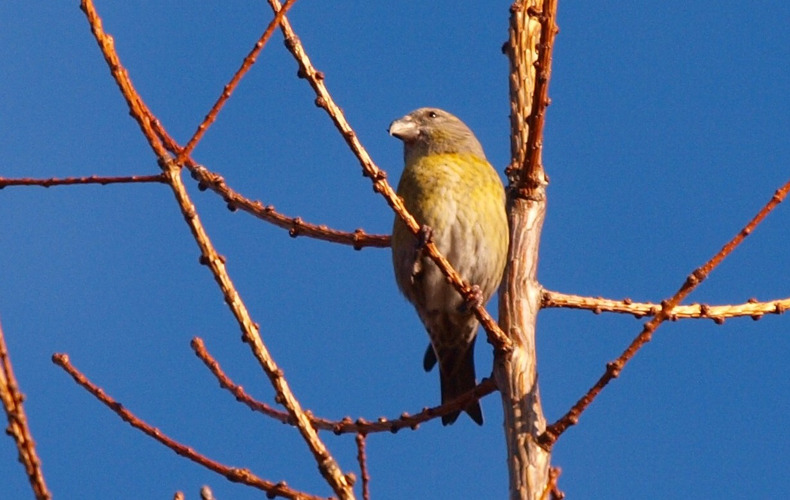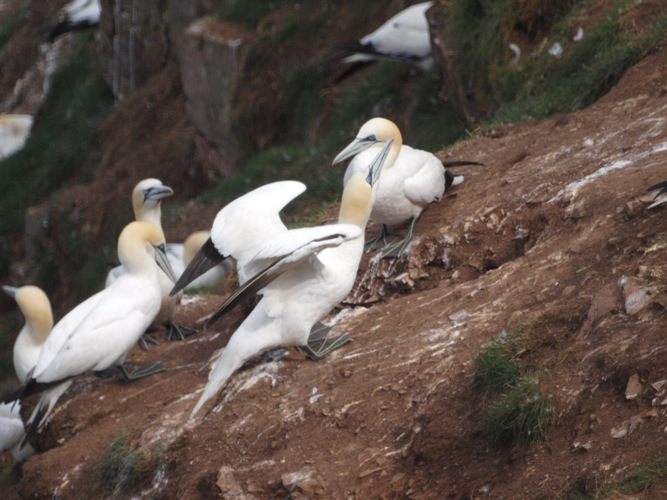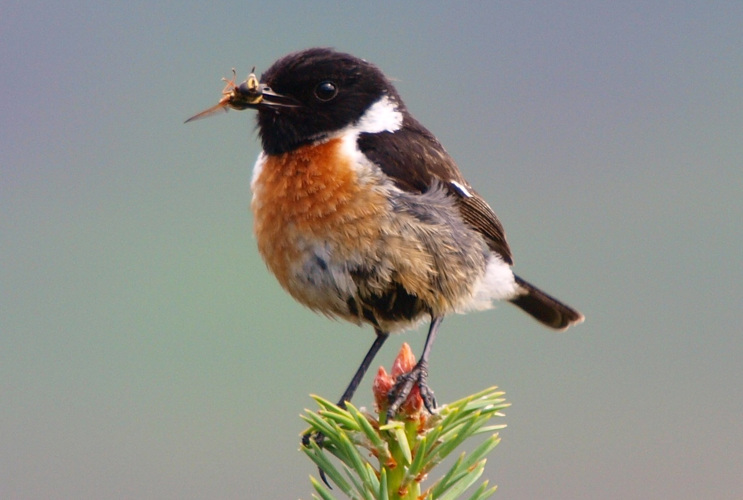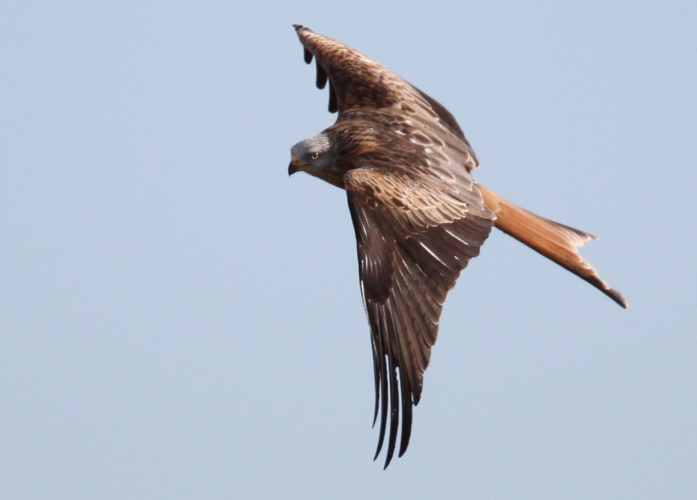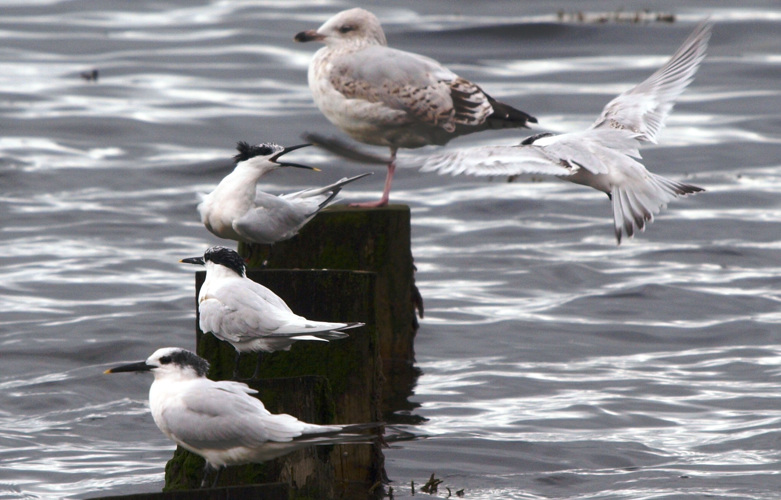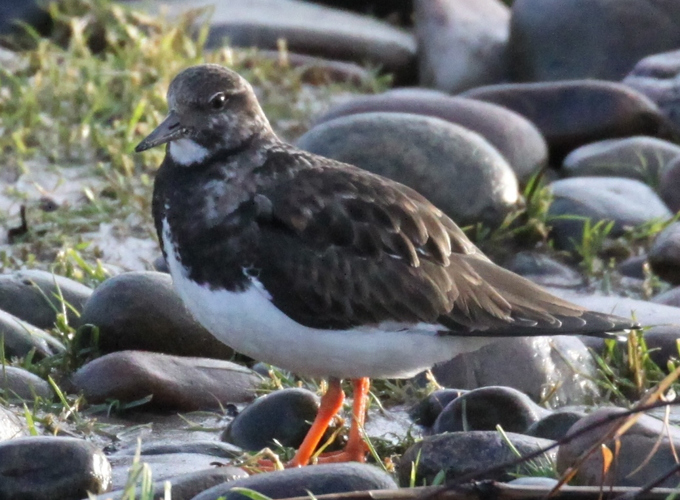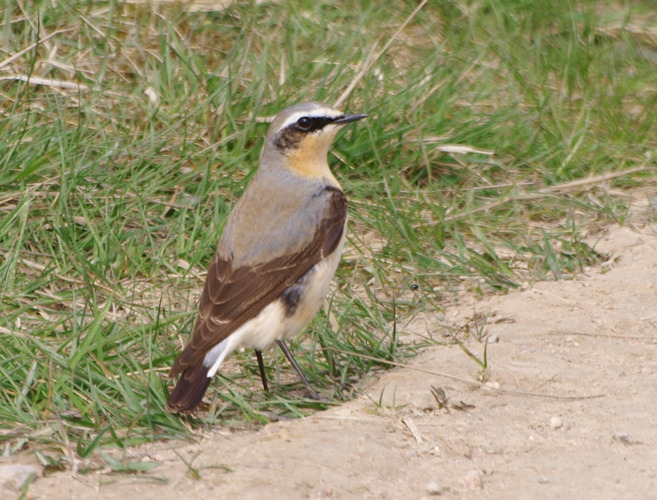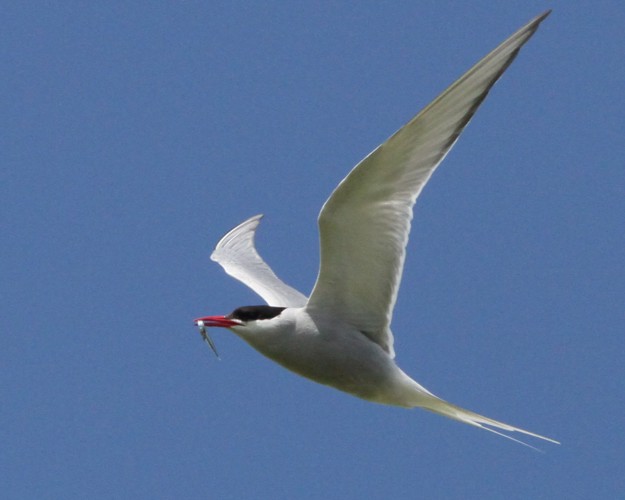Birdwatching
The Inner Moray Firth and Cromarty Firth are designated as SPAs - (Special Protection Areas), this designation was confirmed on 22nd March 1999 so it is long established and ideal for birdwatching.
The Inner Moray Firth SPA is made up of five old SSSIs: Whiteness Head, Longman and Castle Stuart Bays, Munlochy Bay, and Beauly Firth, The Cromarty Firth SPA covers the existing Site of Special Scientific Interest (SSSI), extending eastward from the islands at the mouth of the river Conon to Cromarty and Nigg.
Ardersier Shore & Ardersier Common.
Sandwich Terns, Turnstone, Widgeon, Teal, Oystercatcher, Curlews, Sandpipers, Bar-tailed Godwit, Dunlin, Knot, Redshank, Lapwing. The Common, a site of Site of Special Scientific Interest (SSSI) plays host to Scotland’s rarest butterfly, the Dingy Skipper and its smallest, the Small Blue. you may also see goldfinches feeding on the teasel. Seals and dolphins can be often be seen off Fort George.
Culbin Bar and Forest near Nairn. 27 998611
Summer, Sandwich, Common, Arctic and Little Terns. Winter, Whooper Swan, Wigeon, Pintail, Goldeneye. All year, Gannet, Shelduck, Tufted Duck, Eider, Scoter, Red-breasted Merganser, Dunlin, Redshank, Curlew, Goldcrest, Long-tailed Tit, Crested Tit, Scottish Crossbill.
Loch Ruthven NH63/28 OS map 26.
85 hectare RSPB reserve situated to the east of Loch Ness. Breeding Slavonian Grebe are the speciality of this reserve. It is also a good area for Black Grouse, Tufted Duck and Red-throated divers present. Visit in early spring, when the rare Slavonian Grebe looks its best in gorgeous red and golden plumage. While you’re there you may also see Ospreys, Hen Harrier, Peregrine, Red-throated and Black Throated Divers, Curlews and toads. In Winter Loch Ruthven attracts Pochard, Goldeneye and Smew
Longman Point Inverness OS ref NH66/47 OS Map 26.
In winter the area is visited by a wide range of species, including up to 850 Tufted Duck 400+ Goldeneye, Teal. Scaup can usually be found amongst the Tufted Duck. Goosanders frequent the mouth of the River Ness (mostly in Autumn) and a small number of Little Grebe and Long-tailed Duck are usually present in the harbour and basin. Passage birds include Knot, Dunlin, Bar and Black-tailed Godwits, Redshanks, Turnstones.
August through to March is the most interesting period. Visit one or two hours before high tide for shorebirds although high-water in midwinter is best for ducks, Glaucous and Iceland gulls also visit in winter.
Abernethy Forest Loch Garten - RSPB OS ref NH975180.
World famous for its breeding Ospreys, This 12,500 hectare reserve also holds several pine forest specialities – Capercaillie, Crested Tit, Scottish Crossbill. In November – December up to 1,500 Greylag geese roost on Loch Garten. The RSPB have feeders outside their bird hides often visited by Red Squirrels
About 75 miles from the cottage a very worthwhile trip is to Troup Head, near Pennan. Here you will see Arctic Skuas, Gannets nesting, Puffins, Gullemots and Razorbills on the cliffs
Other places well worth visiting are:
River Ness and Ness Islands in Inverness.
A lovely gentle walk on well surfaced paths with footbridges linking the islands in the middle of the River Ness, You may see Goldeneye, Red-breasted Merganser, Kingfishers, Dippers, Osprey, Gooseanders, Otters and Red Squirrels.
Glen Strathfarrar, Glen Affric or Strathconon
Wilder glens, great for birds of prey including Golden Eagles, Kites and Buzzards.
Spynie Loch Nature Reserve near Elgin.
Run in conjunction with the RSPB. This reserve with short trails and hide consists of the loch, wet woodlands and the largest freshwater reedbed in Scotland, you can usually see Red Kites, Otters, Buzzards, Raven, Geese, Osprey, Great Spotted Woodpecker.
Merkinch Nature Reserve Inverness.
Located near Clachnaharry and the Caledonian Canal this new nature reserve runs along the Beauly Firth it has boardwalks and a variety of habitats. Birds to be seen in the basin include red-breasted mergansers, goosanders, goldeneyes and tufted ducks. The pools hold moorhens and coots as well as kingfishers in winter. The mudflats sometimes have large numbers of waders as well as wigeons and lots of herons. In bad weather the Nature Reserve and the canal basin are good spots to look for seabirds normally only seen far out at sea as they come into shelter.
Loch Flemington
Just off A96, turn onto B9006 at crossroads from Ardersier. Loch Flemington can be interesting at all times of the year. Wintering waterfowl include tufted ducks, goldeneyes, coots, mute swans, large flocks of whooper swans and the occasional Bewick's swan and smew. Icelandic greylag geese and pink-footed geese roost on the loch. In summer there are sometimes breeding Slavonian and little grebes, coots, teals. The site can easily be combined with visits to Milton of Culloden, Alturlie and the Nairn area.
Moray Firth.
In 2013 common terns reached record breeding numbers after the successful introduction of artificial rafts for breeding. These rafts, moored at Avoch were donated by a local fish farm business and the RSPB counted 230 breeding pairs using them in the 2013 breeding season. The inner Moray Firth is a notable seabird watching site with the most favourable conditions being in prolonged easterly or north-easterly winds. Spring and autumn bring passages of great, arctic, pomarine and sometimes long-tailed skuas. Late summer can bring Manx shearwaters and both storm and leach's petrels. Gannets, fulmars and kittiwakes can be numerous. Large rafts of auks occur especially in autumn. Winter brings goldeneyes, red-breasted mergansers and long-tailed ducks. Waders include up to 2,000 nesting dunlins and about 100 ringed plovers.
The owners, Lynn and Mike are very keen birdwatchers and will be delighted to point visitors to good birding places locally. All the photos on this page were taken by Mike or Lynn.





